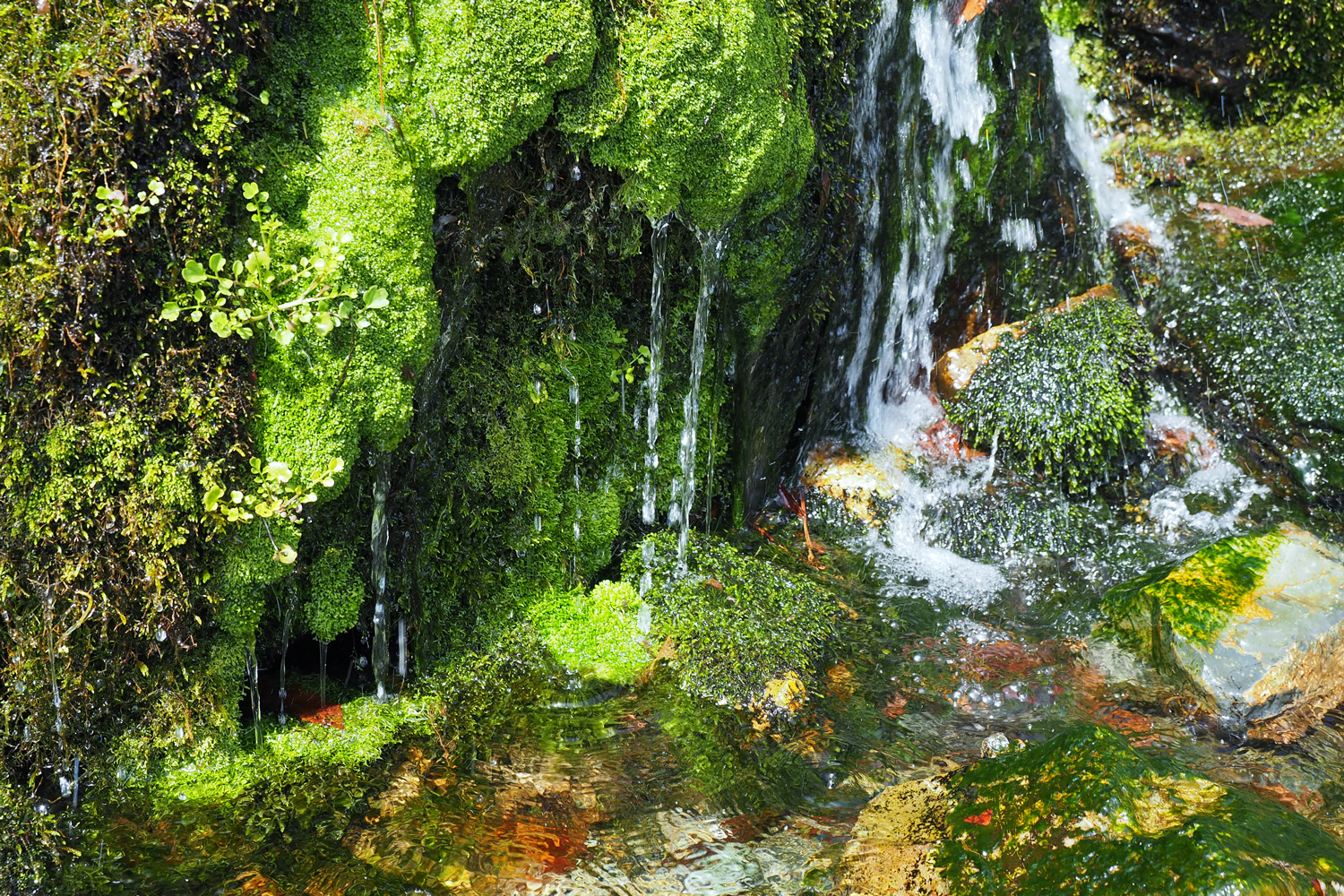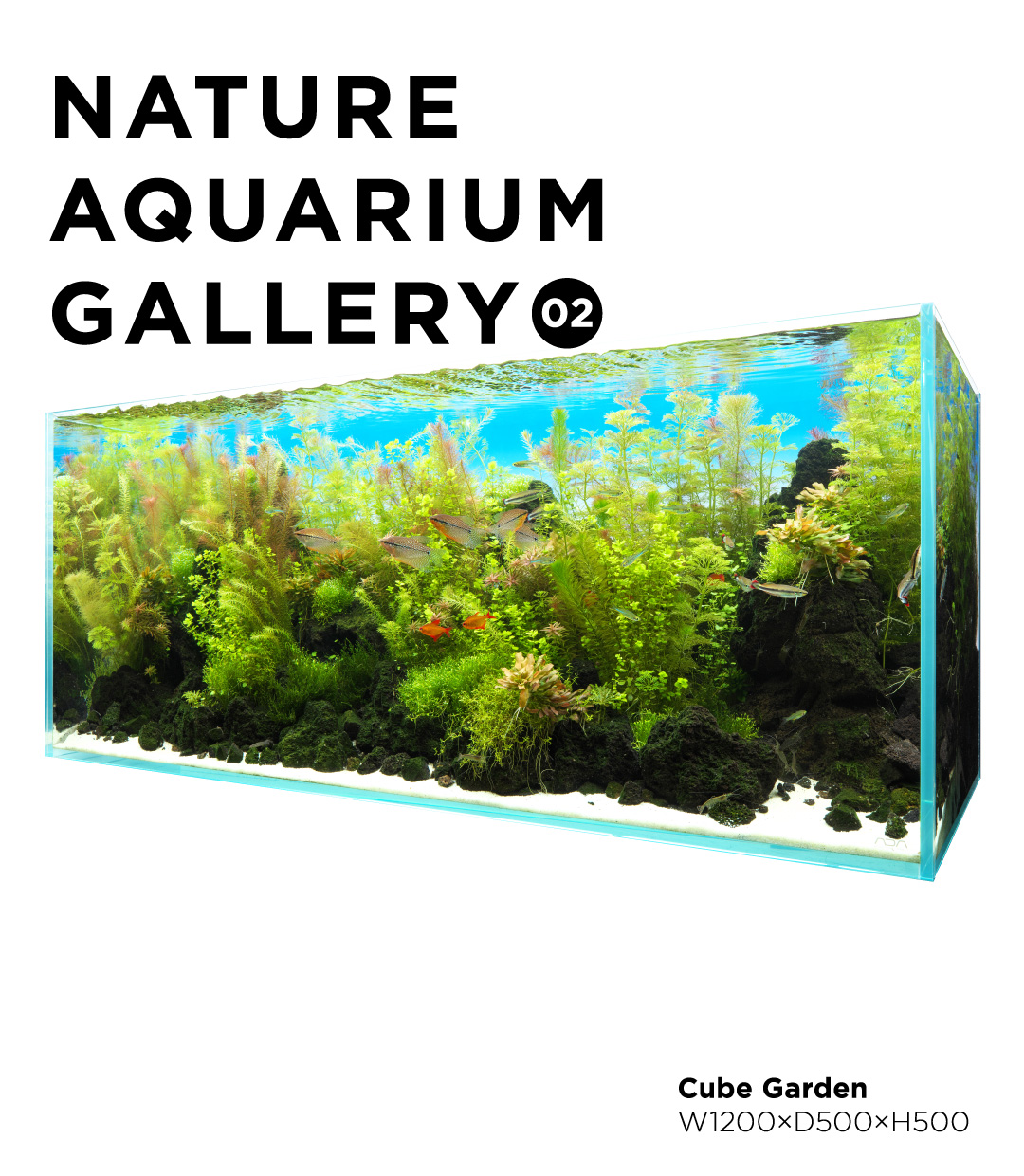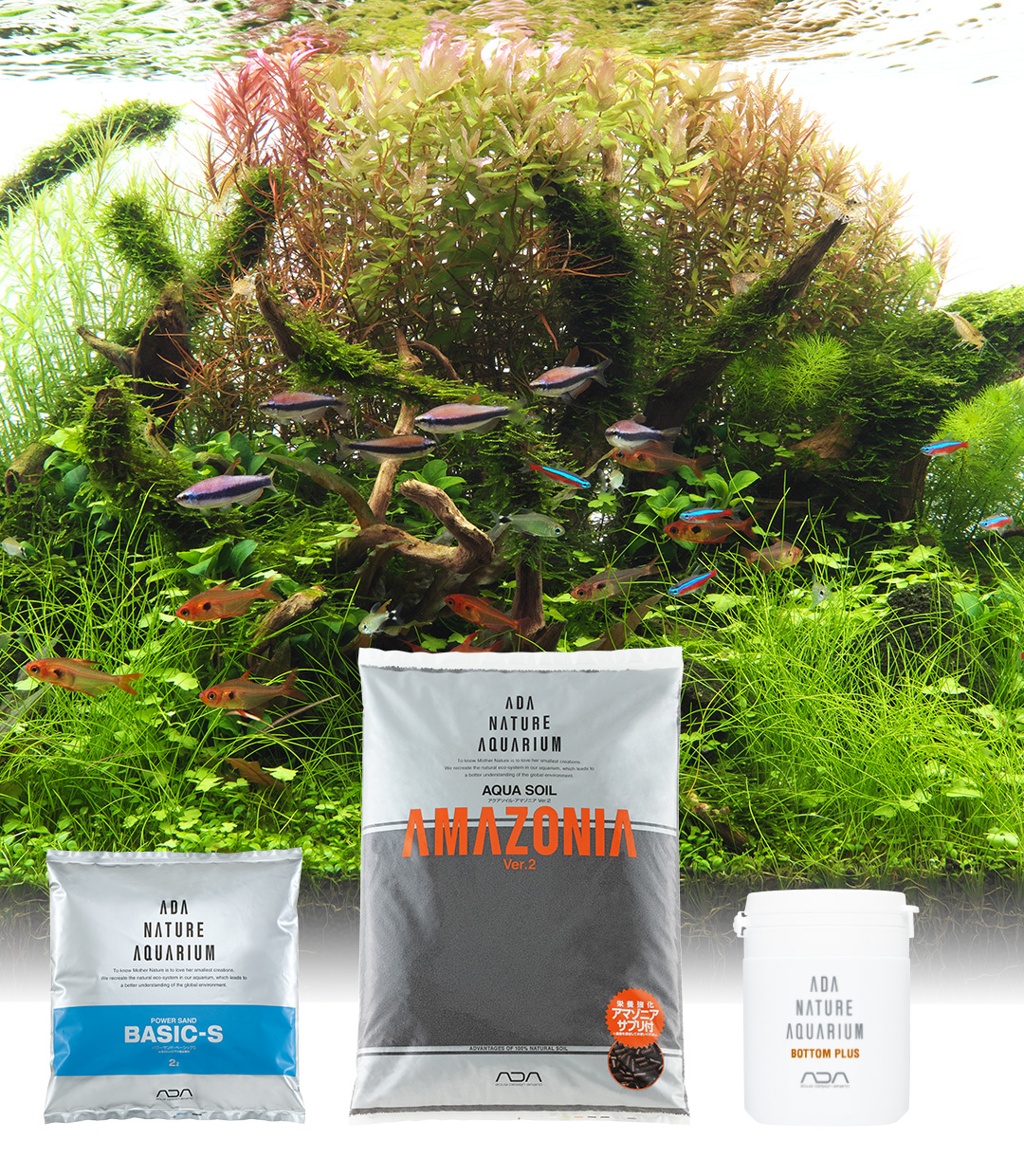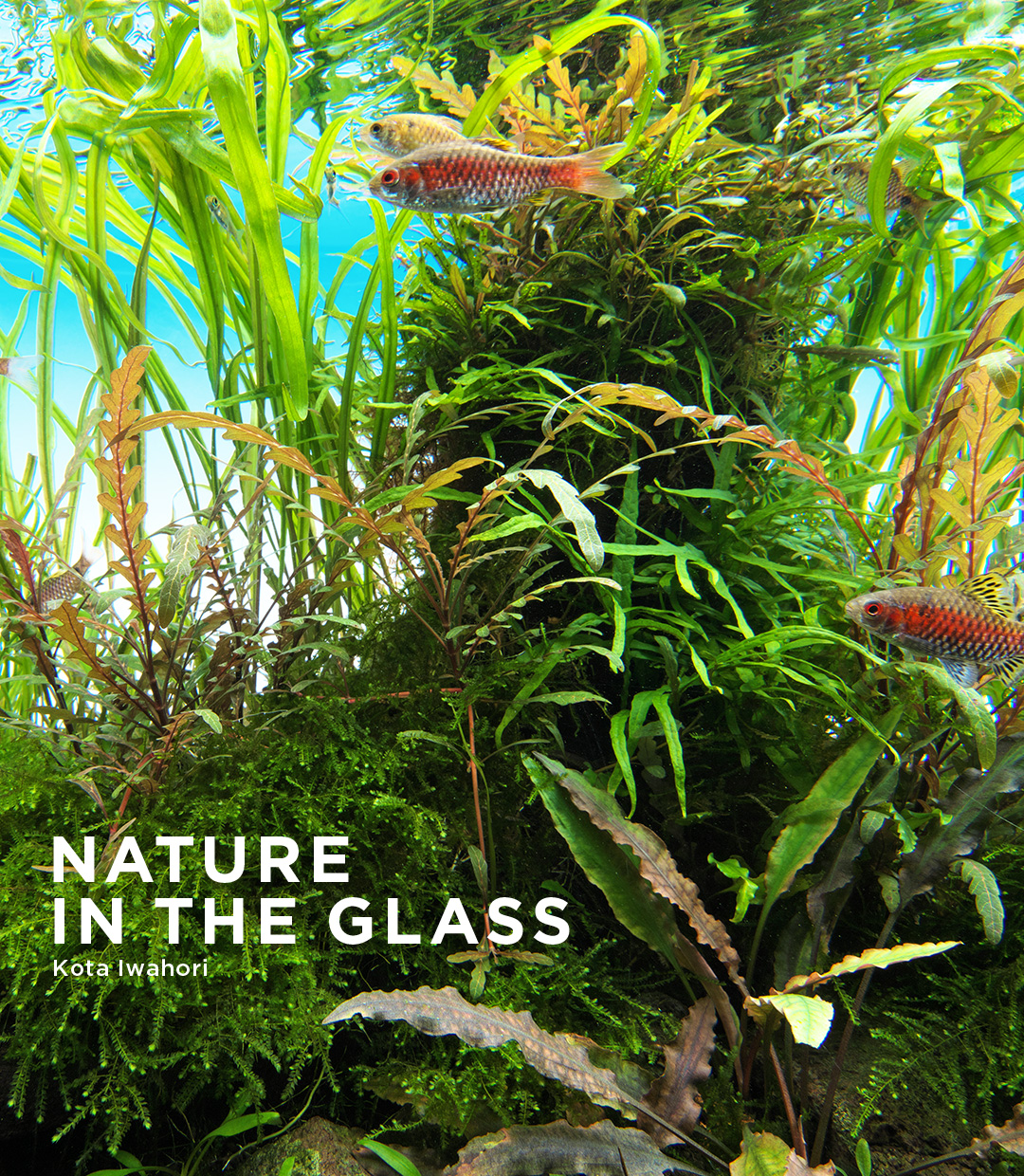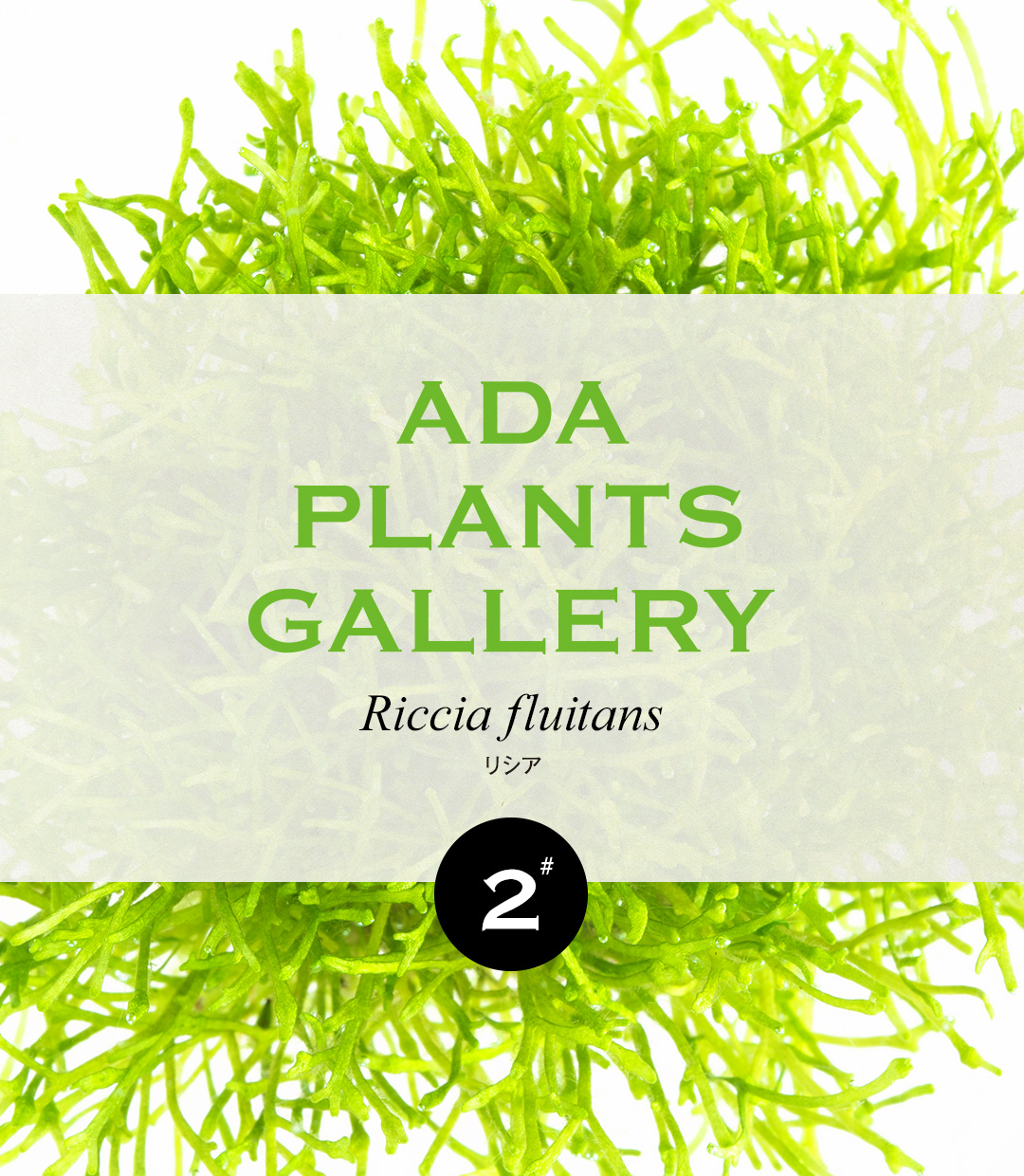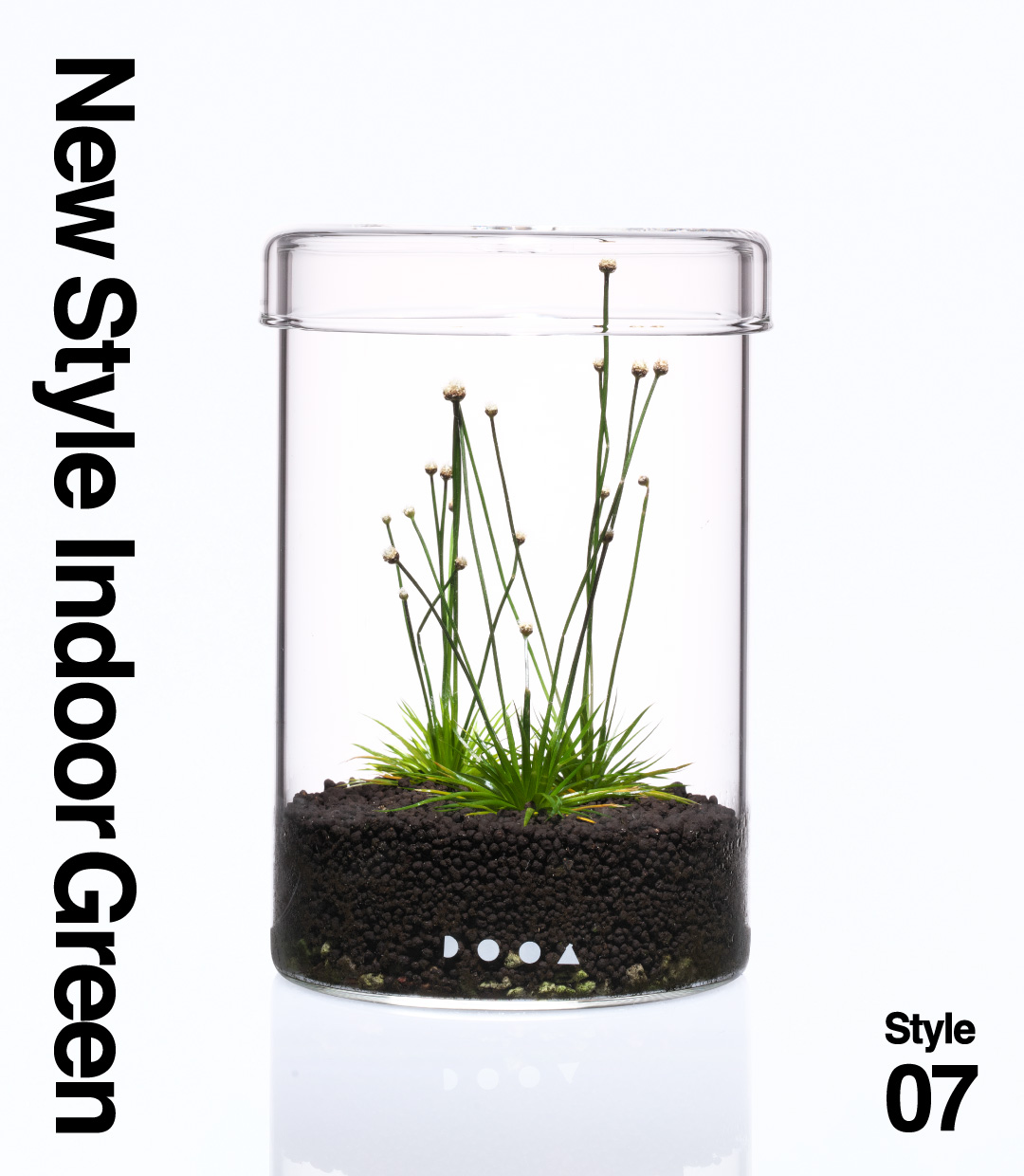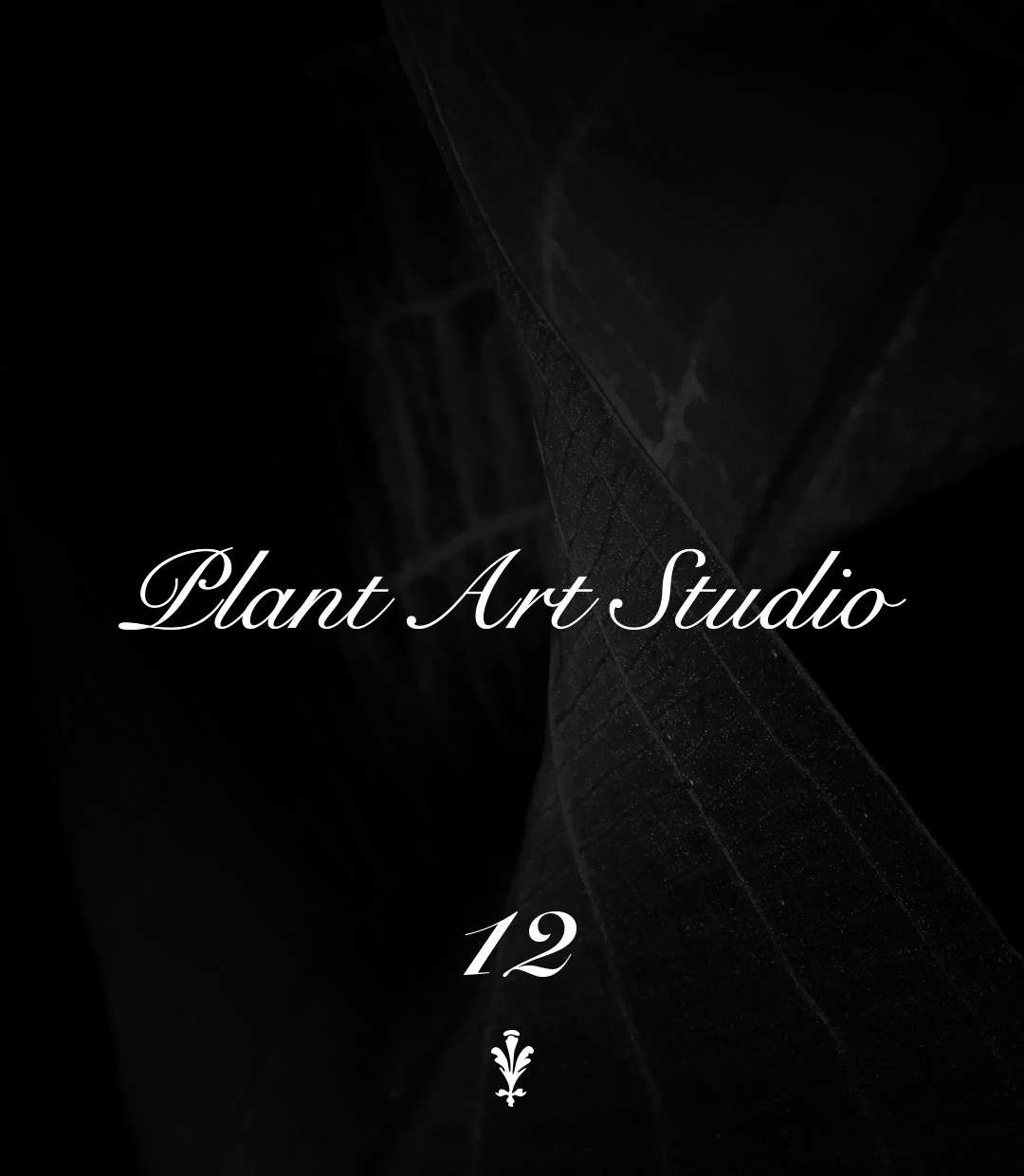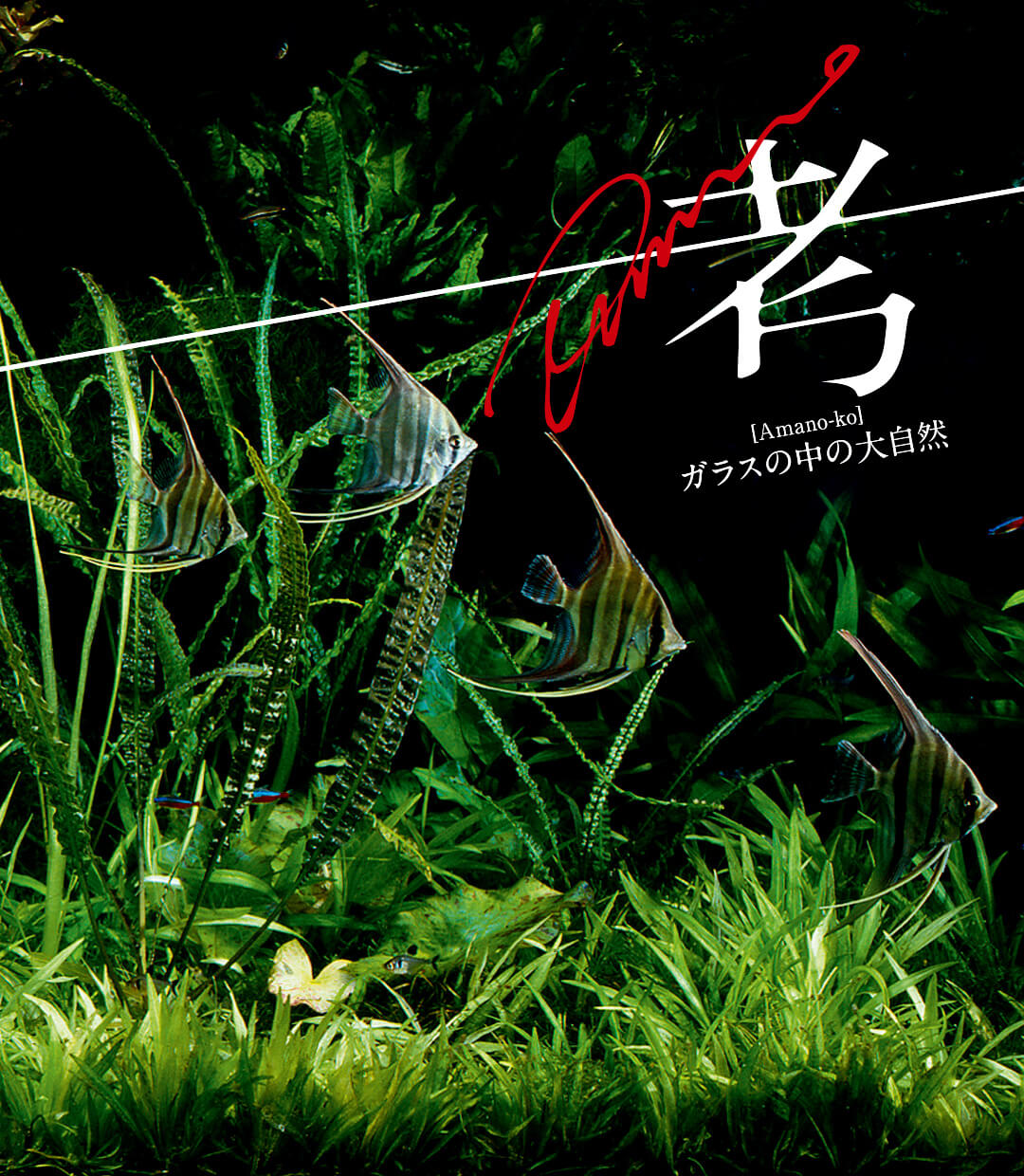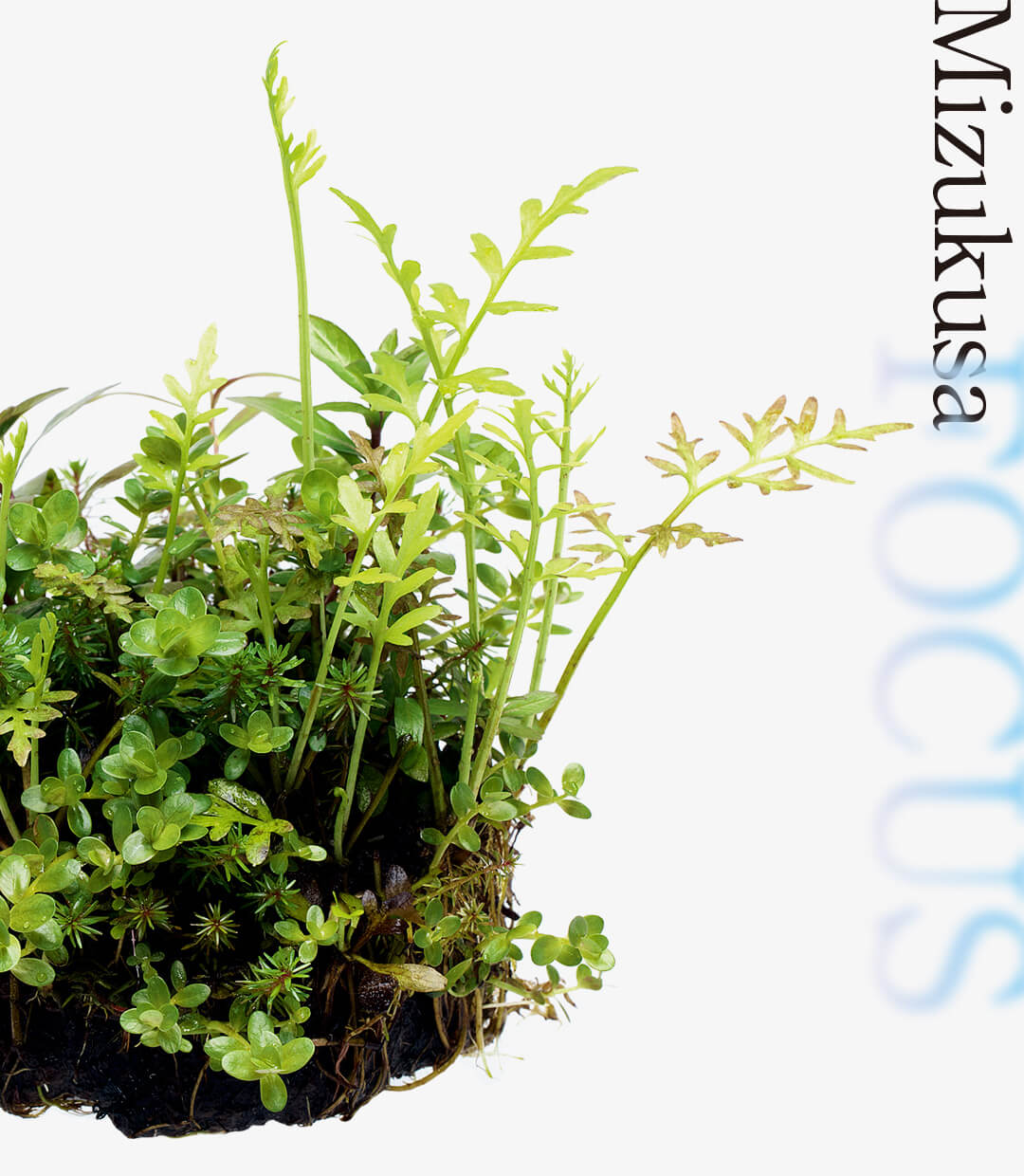ADA PLANTS GALLERY #02 Riccia fluitans
ADA’s Reserch and Development Department, called the Green Lab, develops a wide variety of greenery products. In this article, we would like to share with you some interesting bits of trivia about the plants produced in the lab, and a part of their true nature we see from time to time.
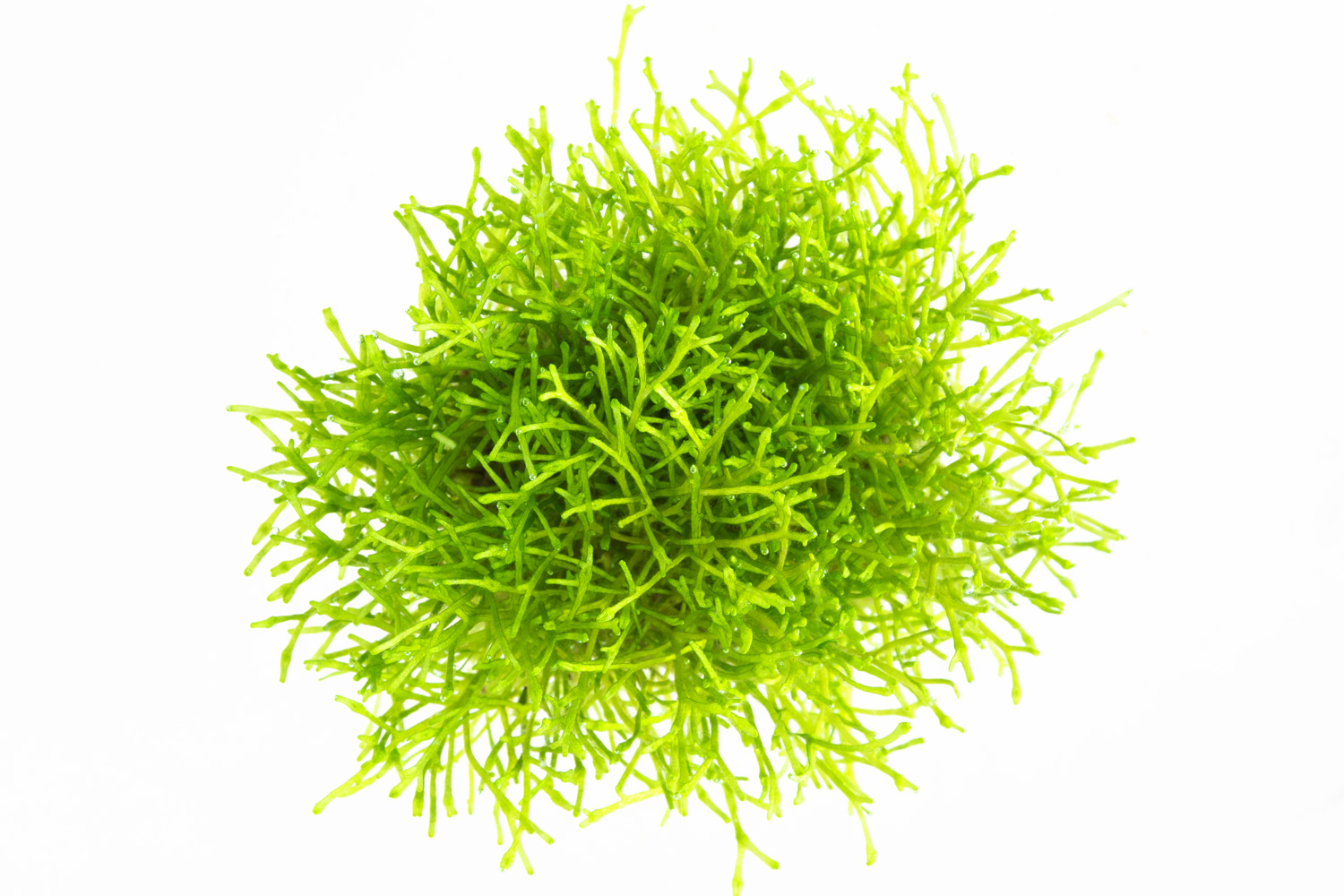
An aquatic liverwort with a jewel-like appearance
One of the most striking features of Riccia is the countless sparkling oxygen bubbles formed at its light green tips. In planted layouts, it is often used as a foreground plant by wrapping it around some Riccia Stone, but there are also techniques to wrap it around driftwood together with moss or some Hydrocotyle plants. For active photosynthesis, strong light and CO2 as well as the addition of Green Brighty Nitrogen and Brighty K are effective.
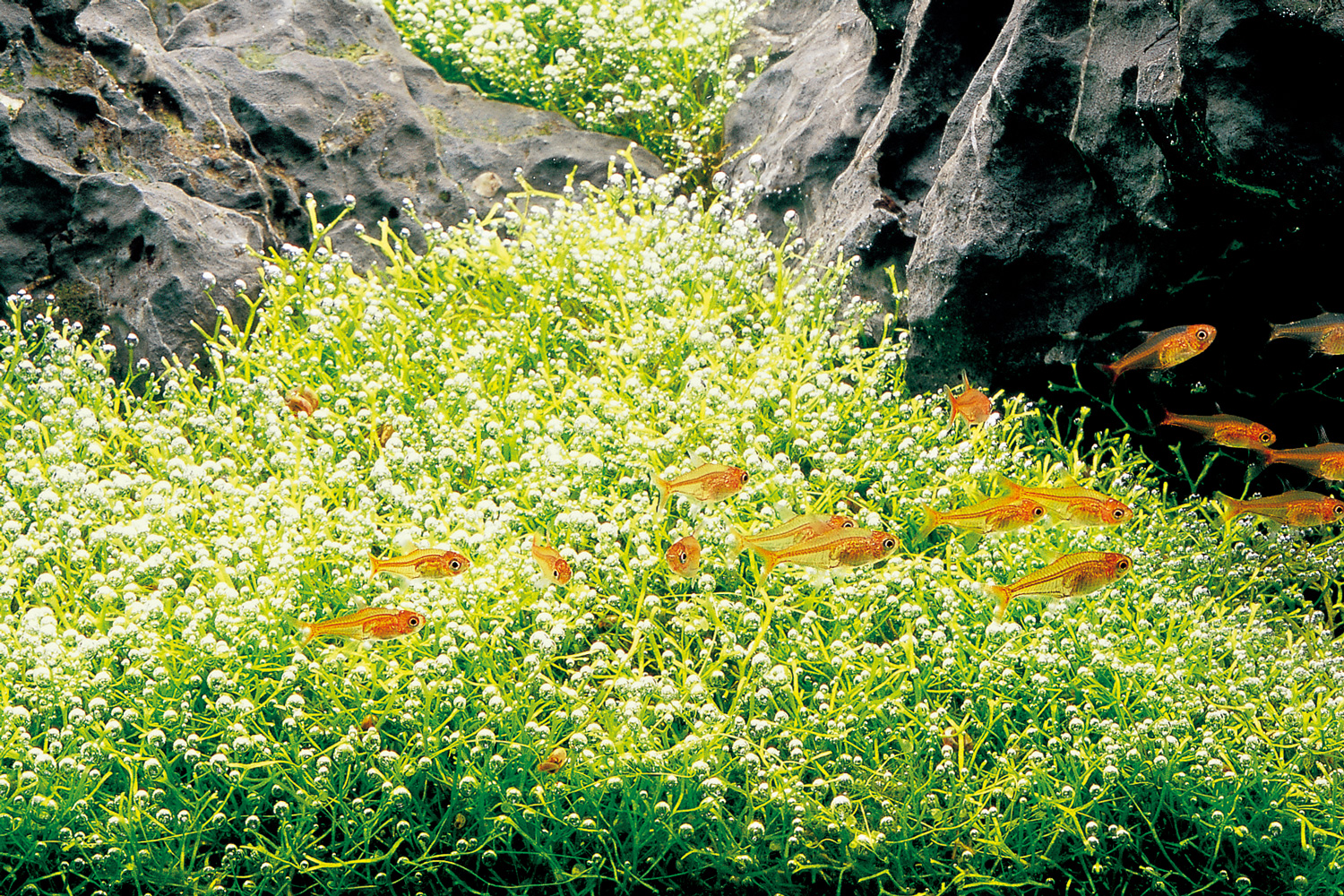
Various Riccia types, and the Riccia that doesn’t sparkle
We don’t usually notice that there are many different types of Riccia available in the market. Common types include compact dwarf Riccia and ultra-thin varieties. When the growing conditions such as light and CO2 are poor, Riccia may turn a translucent green. Compared to the light green Riccia, it has fewer chloroplasts, and hence produces fewer oxygen bubbles by photosynthesis.
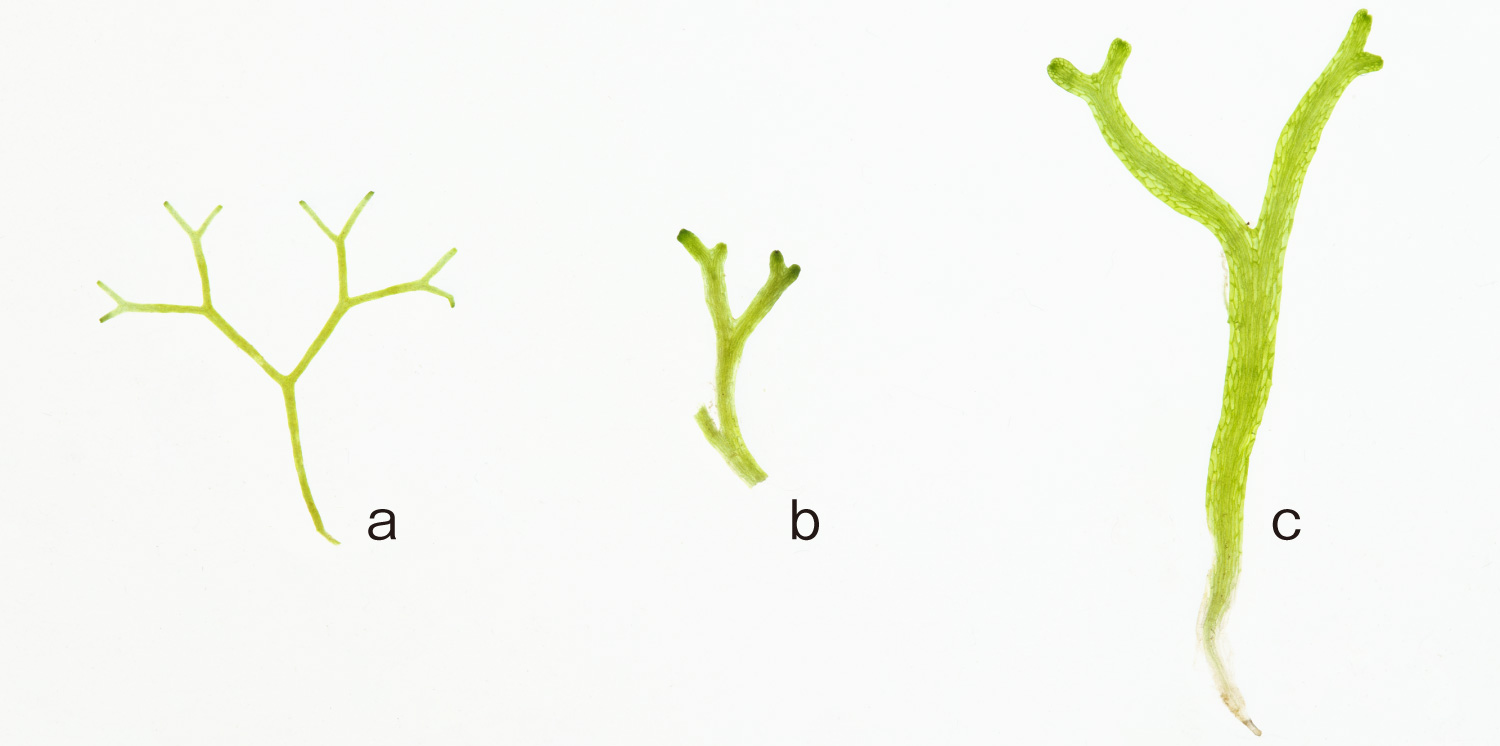
a. Narrow type
b. Standard type
c. Broad type
Can you identify your Riccia?
Riccia (R. fluitans) is also known by the Japanese name Ukiukigoke (formerly Ukigoke) and also as Kazunogoke (meaning “deer antler moss”). I previously mentioned that there are many different types, and recently, it has been found that this species is commonly confused with other closely related species. In Japan, three closely related species are known: R. stenophylla, R. rhenana, and R. canaliculata, but identification is difficult because morphological variation is great within the species.
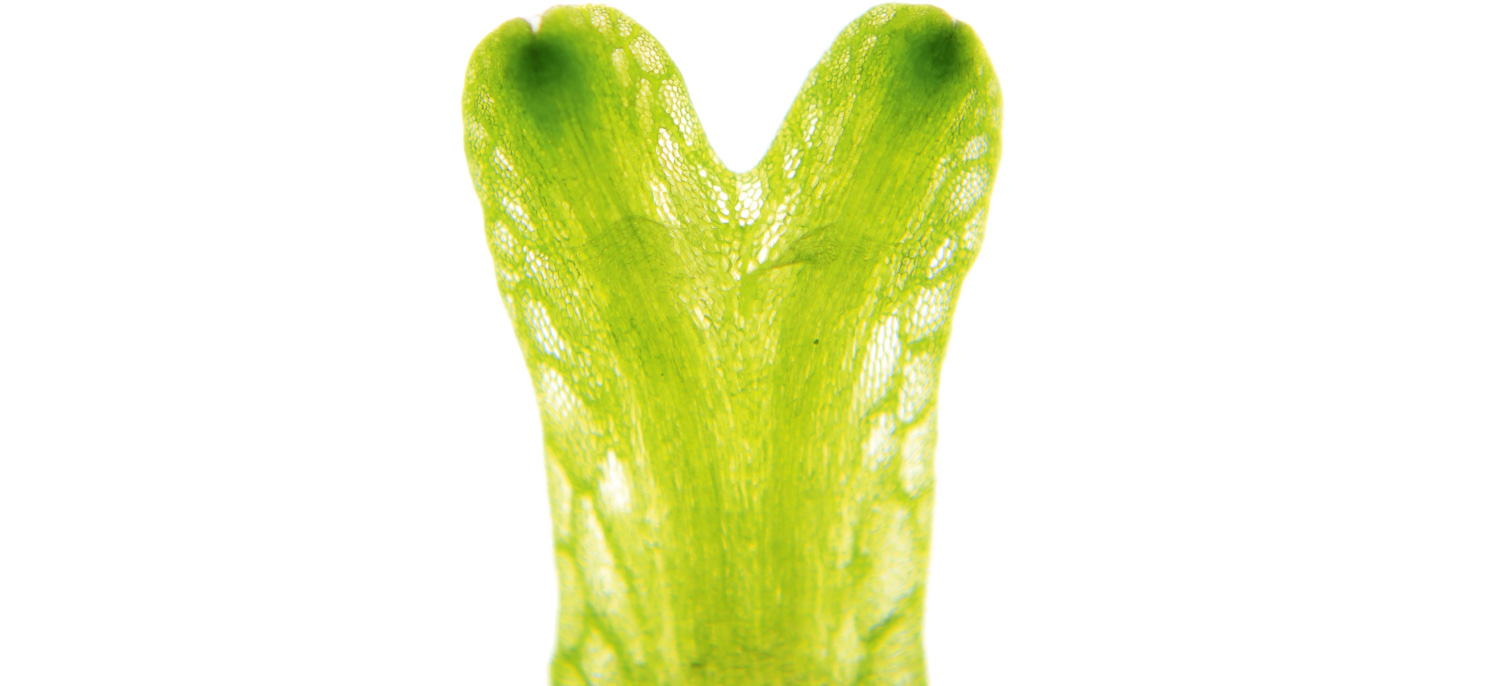
I get a kick out of finding Riccia in the field
Riccia fluitans grow naturally in rice fields and on ridges where natural vegetation is abundant. The terrestrial form resembles R. huebeneriana of the same genus, and is relatively often observed. On the other hand, you seldom see a colony of Riccia producing lots of oxygen bubbles like the ones grown in Nature Aquarium. Because such a scene is closely related to spring water, sometimes it can be seen in ponds, waterways, and fallow fields. Those Riccia grow naturally while being entangled with other plants. However, they are gradually disappearing due to land development and long-term abandonment of rice fields.
